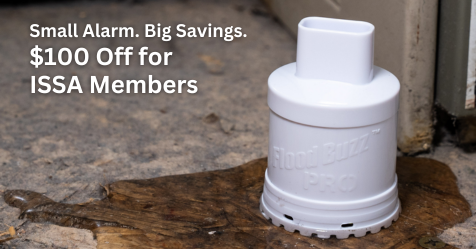Facilities Bracing as Wildfires Burn Across California and Colorado
CDC warns lung damage from smoke can make you susceptible to COVID-19
Thousands of residents in the San Francisco Bay area were ordered to evacuate their homes and other facilities this week as nearly 40 wildfires burned across the state during a heat wave, CBS-TV reports. California is under a state of emergency as smoke blankets San Francisco and other cities.
Numerous wildfires also are burning in Colorado, including the third largest fire in the state’s history, KUSA-TV reports.
Although wildfire smoke is always hazardous, health officials are concerned that the smoke combined with the coronavirus pandemic will add extra risk to those with respiratory issues and low immunity. Wildfire smoke can irritate lungs and cause inflammation, affecting the immune system and making people more prone to lung infections, including COVID-19, according to the U.S. Centers for Disease Control and Prevention (CDC).
Follow these tips from the CDC to protect your facility residents from the hazards of wildfire smoke:
- Keep windows and doors closed.
- Run an air conditioner but keep the fresh-air intake closed and the filter clean to prevent outdoor smoke from getting inside.
- Avoid activities that increase indoor air pollution, such as burning candles, fireplaces, or gas stoves. Limit vacuuming as it stirs up particles already inside a building, contributing to indoor pollution.
If your facility is in the path of wildfires and your job involves cleaning up ash in the aftermath, follow these tips from the U.S. Environmental Protection Agency (EPA) to protect yourself:
- Avoid direct contact with ash by wearing goggles, gloves, long-sleeved shirts, long pants, shoes, and socks.
- Wear a tight-fitting respirator hat has been tested and approved by the U.S. National Institute of Occupational Safety and Health (NIOSH) and has the words “NIOSH” and either “N95” or “P100” printed on it.
- Before sweeping indoor and outdoor hard surfaces, mist them with water to keep dust down. Follow with wet mopping. Use a damp cloth or wet mop on lightly dusted areas.
- Use a high-efficiency particulate air (HEPA)-type vacuum to clean dusty surfaces. Don’t use leaf blowers or do anything else that will put ash into the air.
- Avoid washing ash into storm drains. Collect it in a plastic bag and dispose it in the trash. If you suspect hazardous waste, including asbestos, is present, contact your local hazardous waste authorities regarding appropriate disposal.

